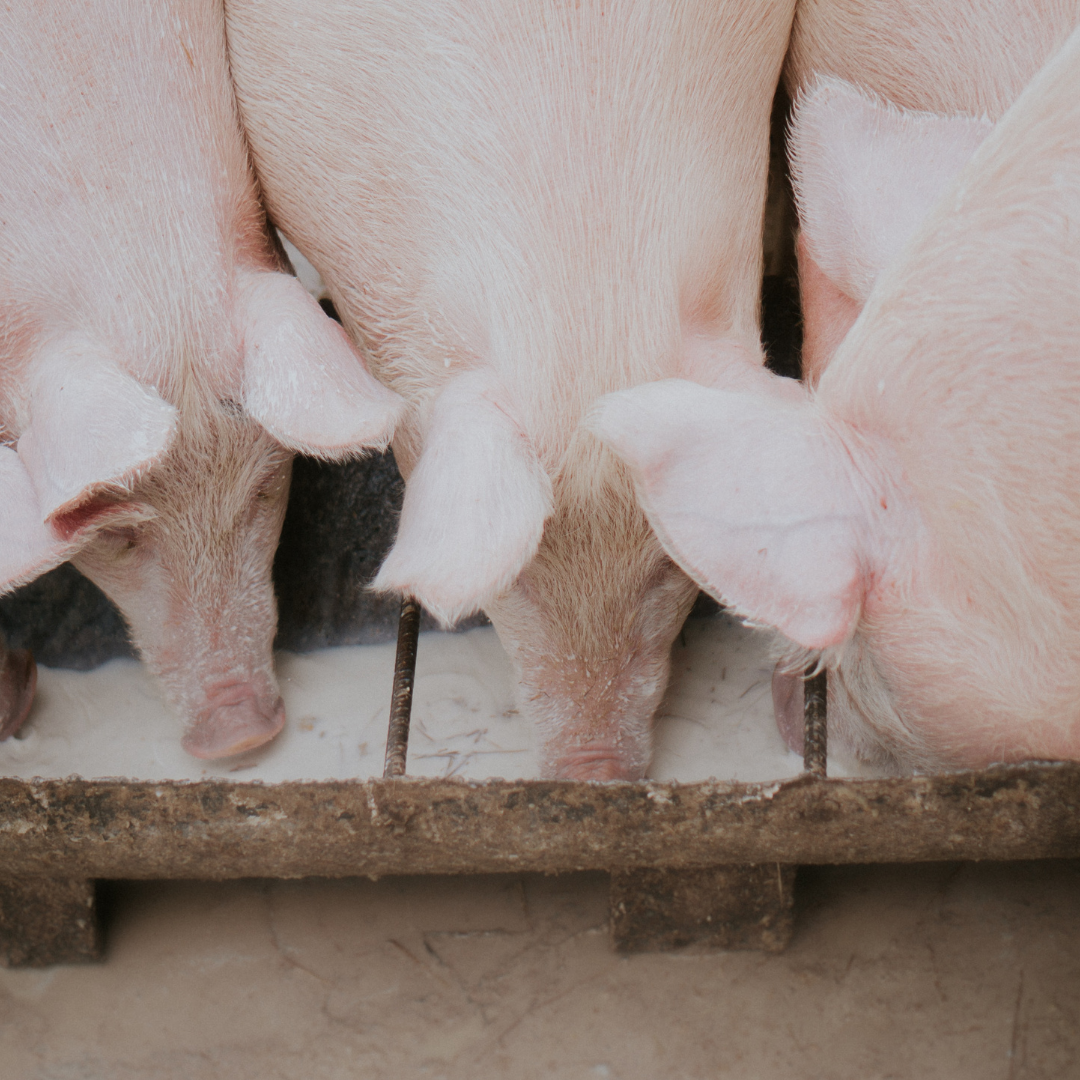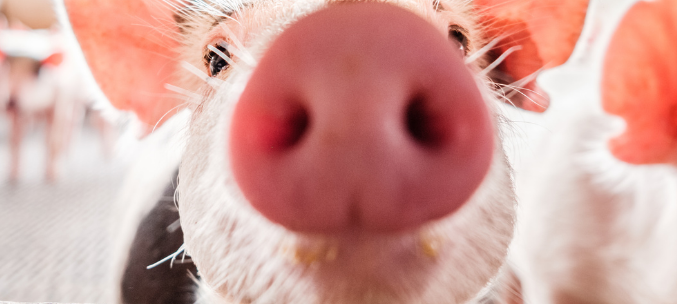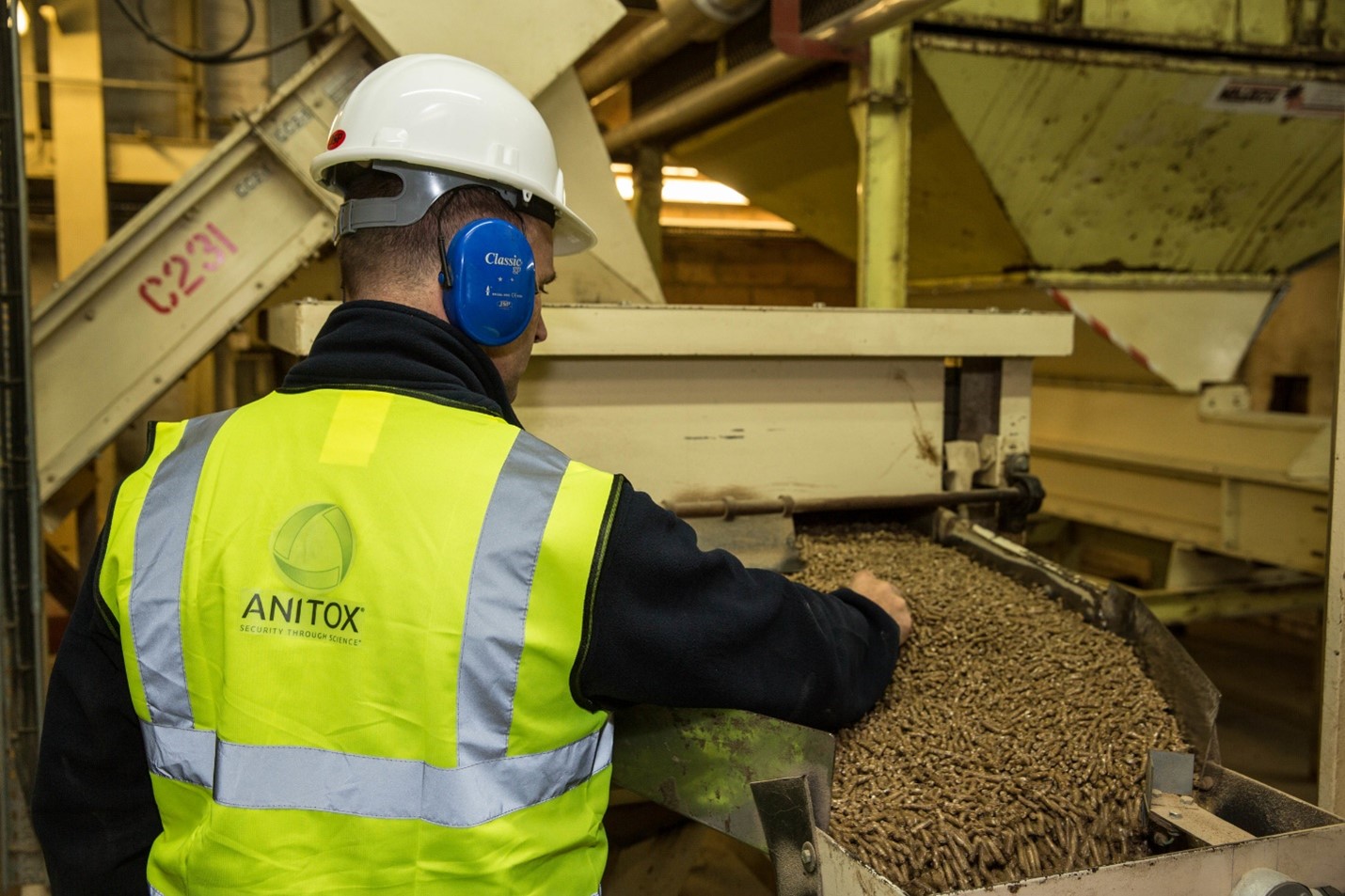



How contaminants enter the swine feed supply
Few environments present as high of a risk of pathogen and virus entry into our food chain as livestock feed.Part of Series:
< Previous Article in Series Next Article in Series >
Few environments present as much risk of pathogen and virus ingress into our food chain as livestock feed. A single source of contaminated raw material can cross oceans before finding its way to multiple feed mills and from there to multiple complexes and farms. Whether the target pathogen enters the feed at source, for example in crop growing or is introduced during processing, transportation or storage, the feed matrix presents an ideal media for it to thrive and survive for long periods.
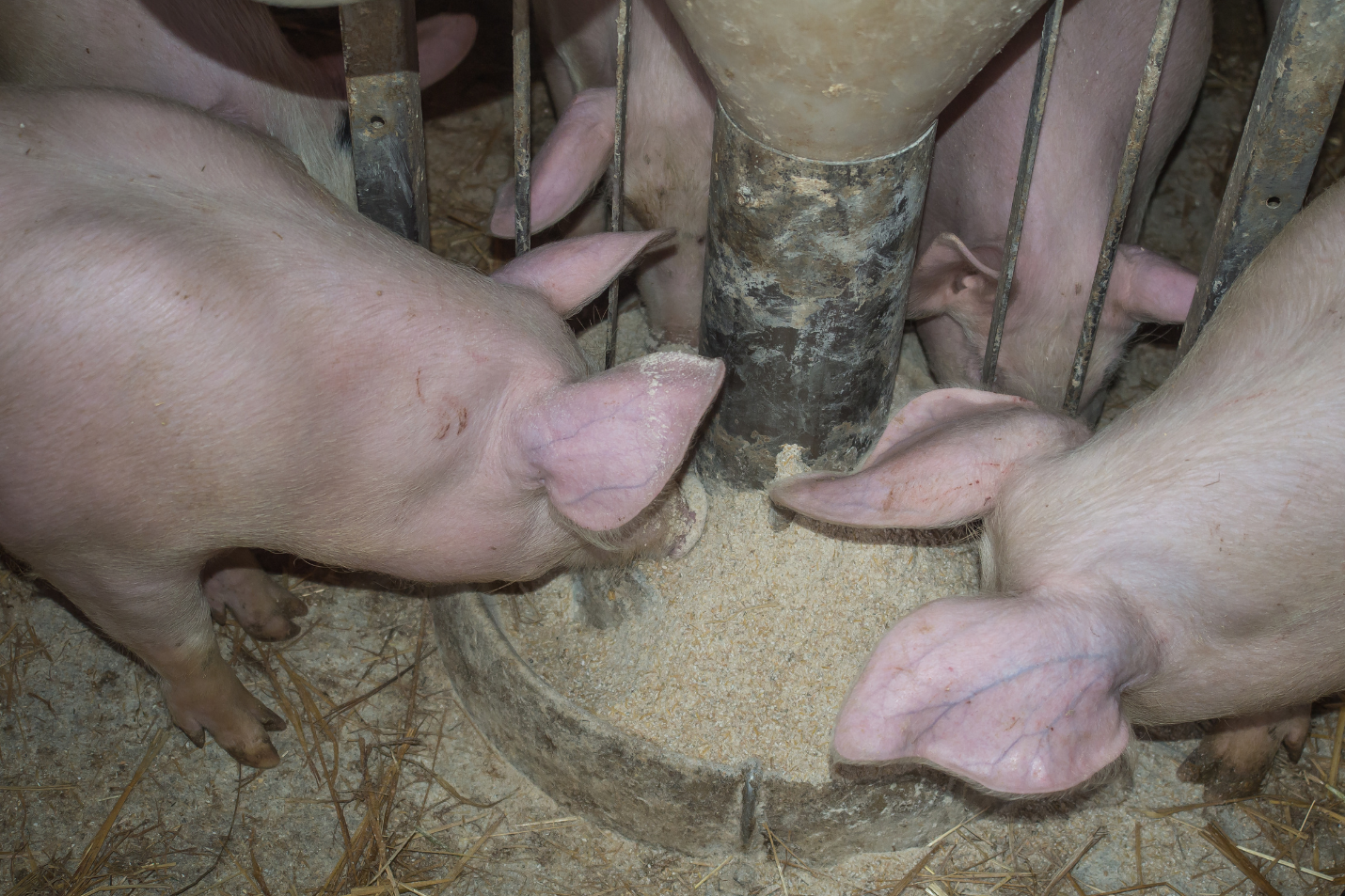
Bacterial and Viral Contaminants
Threats come from a variety of contaminants including bacterial and viral pathogens. In a single gram of soil nearly 40 million bacteria can be found. Viruses, being the smallest of all microbes, have an even higher population load in everyday items. The microscopic size and vast presence of bacteria and viruses grant a particular ability to contaminate.
Since the insurgence of the Porcine Epidemic Diarrhea Virus (PEDV) into North America, research has been conducted to evaluate the role of feed as a fomite for swine viruses. With growing concern over the introduction of African Swine Fever Virus (ASFV) to thus far ASFV-negative countries, feed biosecurity has become an area of focus. Both PEDV and ASFV have joined a growing list of commonly monitored bacterial pathogens that include Salmonella, Listeria monocytogenes and pathogenic Escherichia coli bacteria.
Dr. Enrique Montiel, DVM and Anitox Director of Nutrition and Live Production, explains feed and feed ingredients containing bacterial and viral pathogens present a health risk to animals and to humans who then consume the animal products.

“Feed and feed ingredients present a risk of contamination that nutritionists and buyers consider when purchasing materials and formulating diets. Studies have shown that some ingredients are more welcoming to contamination than others. Pathogens such as Salmonella or notifiable diseases like PEDV or ASFV can contaminate feed and feed ingredients, eventually making way to feed mills and into a farmer’s feed supplies,” he said.
“Stopping the spread at its source is key because once present on farm, widespread transfer of many of these critical challenges can be primarily attributed to a mode of pig-to-pig interaction. Protecting feed from contamination is a feasible and vital element in thwarting herd infection.”
Buyers and nutritionists take great care in sourcing quality ingredients and formulating high quality diets, but without effective feed sanitization it is impossible to ensure feed ingredients remain free of contamination prior to arrival at the mill.
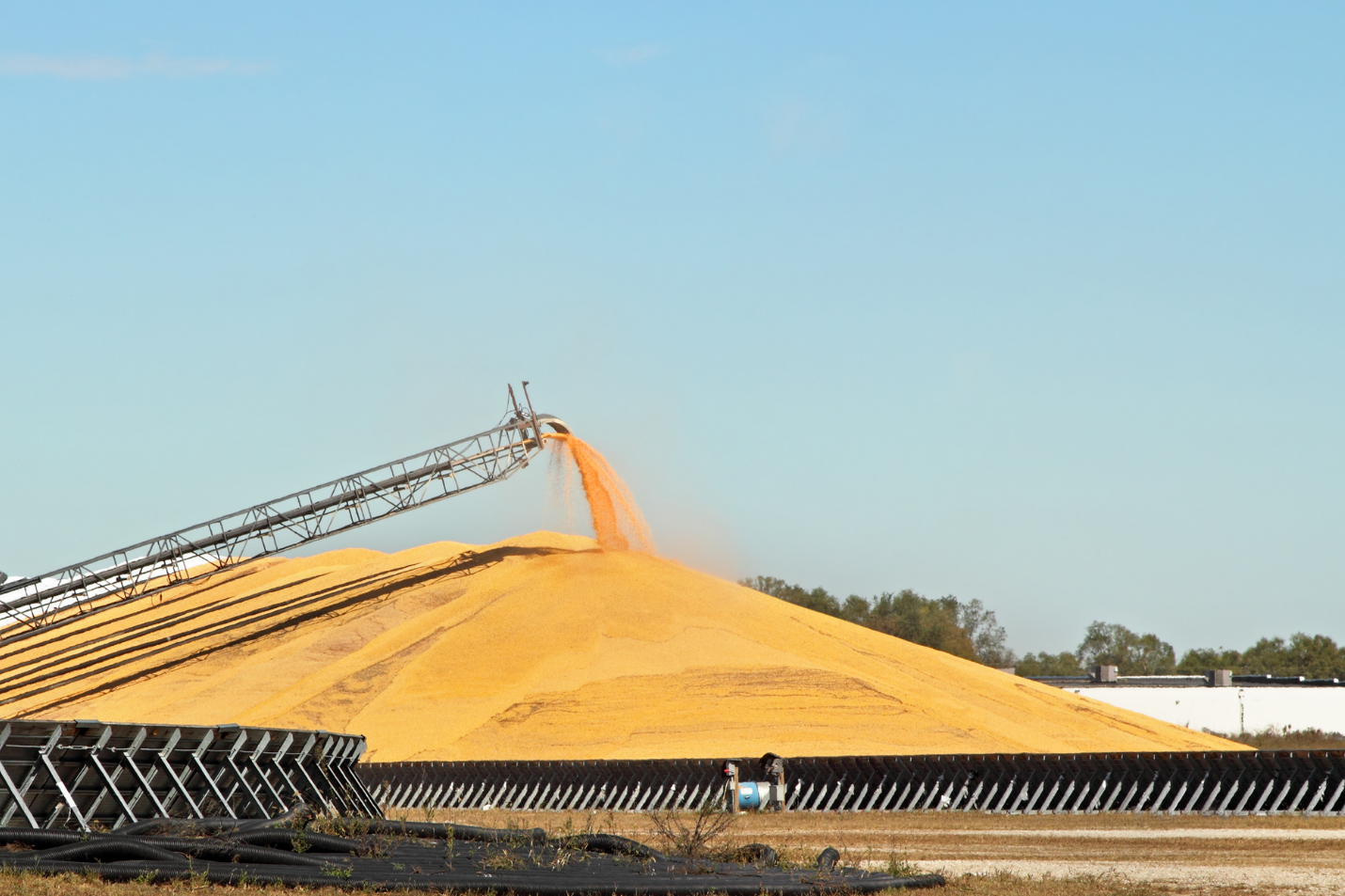
“During times of harvest or in countries where there is high traffic of imports and exports, ingredients may be stored on the ground, or outside with limited protective covering. Under these conditions feed carries a higher risk of contamination,” explains Dr. Montiel.
Due to this uncertainty, it is common for feed producers to take proactive measures to preserve feed hygiene. Mitigation strategies may include heat treatment, ingredient holding times and feed additives. A review published 3 years ago (Jones et al 2019) cites these methods and makes the declaration that even when done correctly, heat treatments and ingredient sequestration only serve to protect feed hygiene at the time of implementation. While further research should be conducted, certain feed additives show potential as feed hygiene defenders.
Chemical contaminants
Naturally occurring components of certain food and feed ingredients like glucosinolates and toxins produced by microorganisms can be considered types of chemical contaminants and negatively affect performance.
Grains, seeds and complete animal feed are capable of growing mold. Growth is influenced by environmental factors such as temperature, humidity and rainfall occurring during the growing season, harvest and/or storage. Mycotoxins are toxins produced by molds. Once the mycotoxins exist on the surface or inside the feed ingredient, it will remain throughout the different phases of feed processing because they are very difficult to eliminate. When ingested by animals, they can negatively impact metabolic processes in the animal and significantly reduce productivity.
The most concerning mycotoxins include:
- Aflatoxins
- Deoxynivalenol
- Fumonisin
- Ochratoxin A
- Zearalenone
“If the general growing conditions are conducive to mold growth, such as high humidity and temperatures fluctuating from hot days and cool nights, then crop risk for mycotoxins should be evaluated,” Dr. Montiel noted. “Due to the prevalence of cereal grains in swine diets, mycotoxins are of great concern. Studies have found that swine, more so than other livestock, are negatively impacted by mycotoxins. For example, a study from the University of Georgia published last year, concluded that Zearalenone, resulting from Fusarium, acts like estrogen and disrupts reproductive function. Pigs appeared to be more sensitive to this than other livestock.”
Protecting feed from contaminants
It is not always possible to know where each of your feed ingredients, including micro ingredients, come from. Tracking the environmental conditions in which they have been grown and stored can be virtually impossible. Thus, for biosecurity reasons, feed sanitation should be considered to prevent disease. Sanitizing treatments can be applied to individual ingredients or finished feed.
Feed sanitizers offer long-lasting recontamination protection. It keeps feed pathogen-free through transportation and storage, ensuring it is free from challenge at the point it is fed to animals. That’s different from approaches such as heat and irradiation which only control feed contamination at the point of treatment. Feed sanitization significantly reduces the risk that feed and feed ingredients will become re-contaminated before it reaches livestock, including during transport and on-farm storage.
“People think that grain left out in the elements for a few days is not a big deal, but contamination can happen very quickly and can result in animal health problems and losses to productivity,” said Dr. Montiel.
Producers wanting to take effective action to protect their animals against contamination can get more information at www.anitox.com/pigsite.
Watch for the next article in this series that explores the cost of feed contamination in the face of disease outbreaks.








